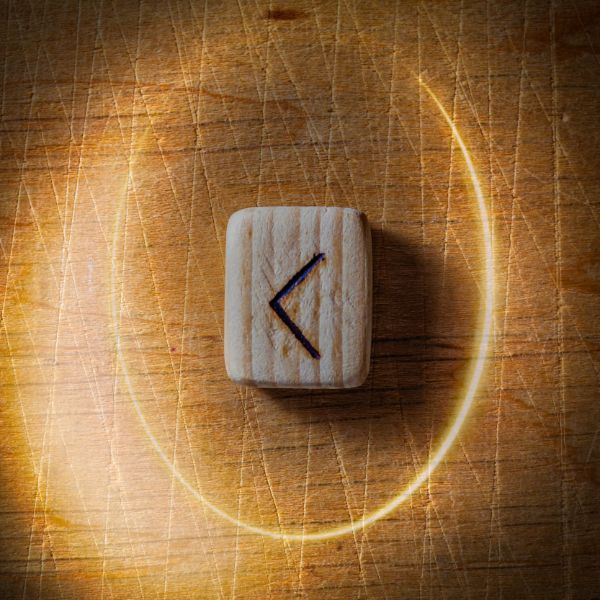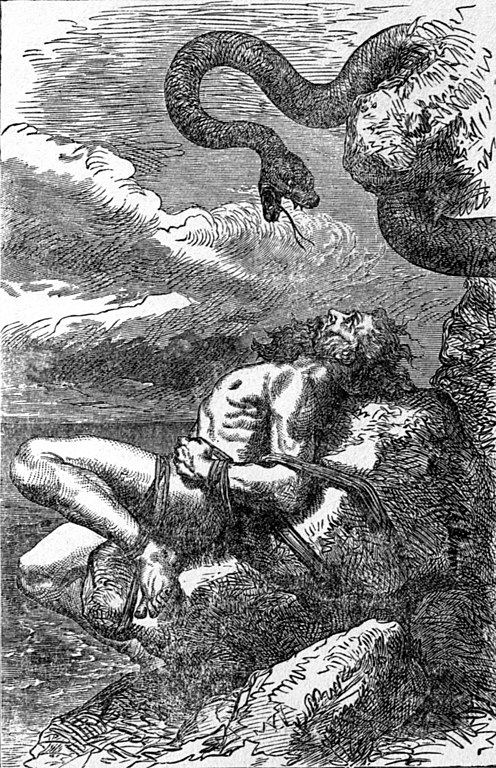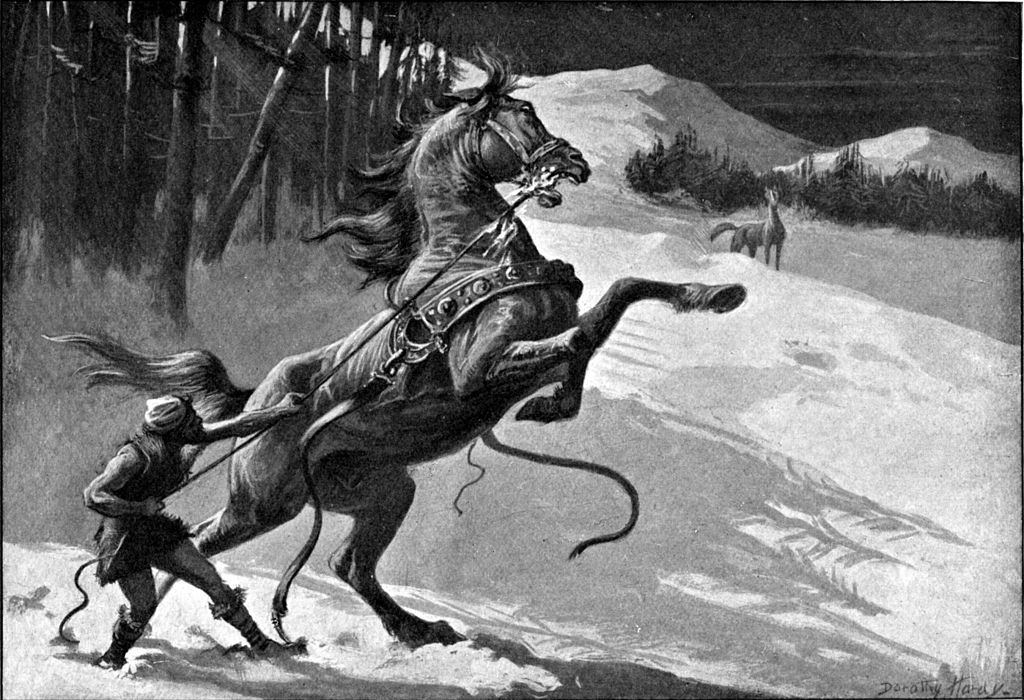Loki is considered a god in Norse mythology. Although his father is a giant, Loki is a member of the Æsir gods, including Odin, Thor, Frigg, and Tyr. His evil and mischievous nature meant he was constantly on the knife edge of punishment and torture.
What Is Loki The God Of?
Loki is the god of mischief and the creator of endless chaos.
Representation Of Loki In Norse Myths
What Does Loki Look Like?
The Gylfaginning, the first part of the Prose Edda by Snorri Sturluson, the Icelandic poet and historian, describes Loki.
It says he was “beautiful and comely to look upon, evil in spirit, very fickle in habit.”
How Old Is Loki?
There is no mention of Loki’s age in Norse mythology.
However, in the Marvel Universe, he is around 1,070 in Thor and 1,500 in Avengers: Infinity War.
*Make sure to also check my article on what Marvel got right about Norse mythology.
Is Loki Bisexual In Norse Mythology?
Loki’s gender is certainly fluid in Norse mythology. He shapeshifted into a mare in one tale and allowed a stallion to impregnate him (or her).

Is Loki Æsir or Jötunn?
Loki is a jötunn who also became an áss (singular of Æsir).
He is the offspring of the jötnar Fárbauti and Laufey.
How Is Loki Related To Other Gods?
In Norse mythology, Loki is the son of Fárbauti and Laufey. In the world of Marvel comics and movies, Laufey is Loki’s father.
Fárbauti is a jötunn whose name translates as “dangerous striker.” He is also the father to Loki’s brothers, Helblindi and Býleistr.
Laufey appears in a list of Ásynjar (goddesses) in a þulur or sub-section of the Prose Edda. She was known as “Nál” (or “Needle”).
Loki has two sons, Nari and Narfi, with his wife Sigyn, and three offspring with his lover, the jötunn Angrboda: Hel, Fenrir, and Jörmungandr.

Are Loki And Odin Brothers?
Some sources indicate that Odin and Loki became blood brothers.
Loki, who Odin had banished, reminded his brother of the blood oath they took, beguiling Odin into inviting him to join their drinking session and effectively allowing him back into the pantheon.
Remember, Othin, in olden days
Lokasenna – Sacred Texts
That we both our blood have mixed.
What Are Loki’s Powers In Norse mythology?
Loki has highly developed magical powers that can shapeshift into various animals, such as a fly, falcon, or horse. He also changes Idun, the keeper of the magic apples, into a nut.
What Is Loki’s Symbol?
Loki’s symbol is a snake or serpent. This sign consists of snakes coiled around one another and making an “S” shape while biting each other’s tails.
Loki also has associations with Kaunaz (or Kenaz), the sixth rune. This rune represents knowledge, wisdom, and family. Like Loki and his tendency towards mischief and then healing, the symbol could have positive and negative connotations.

What Is Loki’s Role In Ragnarök?
The gods discovered Loki had been responsible for killing Baldr so his favorable position with the Æsir ended. The Æsir turned Váli, son of Odin, into a wolf and had him kill Narfi son of Loki.
Skadi hung a serpent above Loki, which dripped venom onto him. His wife, Sigyn, collected the poison in a bowl and emptied it when full. The venom caused Loki to writhe in agony, making the world shake and bringing about the earthquakes that preceded Ragnarök.
During Ragnarök, Loki managed to free himself and sail Naglfar (“ship of human nails”) out over the flooded lands, accompanied by the giant Hrym.

How Does Loki Die?
The prophecy of Ragnarök predicted Loki would fight the god Heimdall with the two killing one another.
Loki’s Most Important Attestations in Old Norse Sources
Poetic Edda Attestations
Lokasenna
Loki mocked Freyja about her dubious parentage during verbal exchanges with Njord in the poem Lokasenna (Loki’s verbal jousts).
That is harmless if,
The Poetic Edda – Page 90
besides a husband,
a woman has
a lover or someone else;
what is surprising is a pervert god coming in here,
who has borne children
Þrymskviða
In Þrymskviða (or Thrymskvida, “the Lay of Thrym”), Thor and Loki disguise themselves as Freyja and her handmaiden to retrieve Thor’s hammer Mjölnir from Þrymr (or Thrym), king of the jötnar.
The trickster god borrowed Freyja’s falcon feather cloak so he could fly to Jötunheim and locate the hammer. However, Þrymr would only give the hammer back in return for Freyja’s hand in marriage. This request angered Freyja – her rage shook the halls of the Æsir, and Brisingamen fell from her neck.
Heimdall suggested that Thor simply disguised himself as the goddess and Loki as her handmaiden – earning the praise of the gods and comparisons with the wise Vanir. Thor agrees to this suggestion and borrows Brísingamen as part of Freyja’s outfit when he travels to the “wedding” in Jotunheim.
Loki’s “Liquid” Gender
The translation uses female adjectives and pronouns for Loki speaking while in disguise, but it keeps Thor’s as masculine.
An indication that Thrym assumes Loki is a woman.
Then Loki, son of Laufey, spoke,
As thy maid-servant thither I go with thee;
We two shall haste to the giants’ home.”Hard by there sat the serving maid wise,
The Poetic Edda – Internet Archive
So well she answered the giant’s words:
“From food has Freyja eight nights fasted,
So hot was her longing for Jotunheim.
Prose Edda Attestations
Skáldskaparmál
According to Skáldskaparmál, Loki came into possession of Odin’s spear Gungnir (made by the Sons of Ivaldi), Freyr’s ship Skidbladnir, and a handcrafted replica lock of Sif’s hair.
He wagered his own head with the dwarfs Brokkr and Eitri that they could not match the craftsmanship of these items.
Eitri stoked the fire while his brother worked the bellows, but Loki turned into a fly and began biting Brokkr, trying to stop him from keeping the furnace hot.
Eitri won the bet by creating the golden boar Gullinbursti, the gold ring Draupnir, and Thor’s hammer, Mjölnir.
Húsdrápa
Heimdall rescued Freyja’s necklace, Brisingamen, from Loki after a fight in which the two transformed into seals.
The Prose Edda features a stanza from Húsdrápa by Úlfr Uggason:
Renowned defender of the powers’ way,
The Hall at Hjardarholt and the Húsdrápa – Germanic Mythology
kind of counsel,
competes with Farbauti’s terribly sly son at Singastein.
Son of eight mothers plus one,
might of mood,
is first to possess the beautiful sea kidney.
I announce it in strands of praise.
“Farbauti’s terribly sly son” is Loki.
Gylfaginning
Loki appears in the Gylfaginning.
Hermód (or Hermóðr), at Frigg’s request, rode to the realm of the dead on Sleipnir to request Baldr’s return after his blind brother Hodr, tricked by Loki, killed him with a mistletoe spear. After journeying for nine days, he arrived in Hel. Hel agreed to allow Baldr to leave, but only if everything in the world, dead or alive, wept for him:
If all things in the world, alive or dead, weep for him, he will be allowed to return to the Aesir. If anyone speaks against him or refuses to cry, then he will remain with Hel.
Death of Baldur – Skjalden
Everyone except Þökk, a giantess, cried for Baldr despite the Æsir doing everything they could to convince her. She said, “Alive or dead, the old man’s son has been no use to me. Let Hel hold what she has.” Consequently, Hel refused to let Baldr leave. We later discover the giantess was actually Loki in disguise.
One more story in the Gylfaggining recounts how Loki had found himself in trouble with the Æsir for convincing them to contract a builder demanding the sun, moon, and hand in the marriage of the goddess Freyja.
The builder’s stallion Svadilfari was crucial to the construction, so Loki devised a plan to remove him and slow the building down.
Loki took the form of a mare in heat and emerged from a forest close by where the builder and Svadilfari were camped one evening. The mare called the stallion, who broke his halter and chased her into the woods, full of lust.
The stallion chased the mare through the forests and mountains, finally catching her and mounting her.
Loki then revealed himself to the gods as the mare that had successfully distracted Svadilfari. It further transpired that Loki had become pregnant with the stallion’s offspring, and he gave birth to Sleipnir, an eight-legged horse that would become Odin’s steed.

Sörla þáttr
Loki appears in a possible origin story of Brisingamen, Freyja’s necklace: the Sörla þáttr, a short story by priests Jon Thordson and Magnus Thorhalson from the late 14th century.
Freyja desired a golden necklace forged by four dwarves. She tried to buy it with gold and silver, but they would only part with it if she spent one night with each of them. Freyja held her part of the bargain and obtained the necklace.
Unfortunately, Loki discovered the agreement and informed Odin. Loki transformed himself into a fly and stole it on Odin’s orders.

